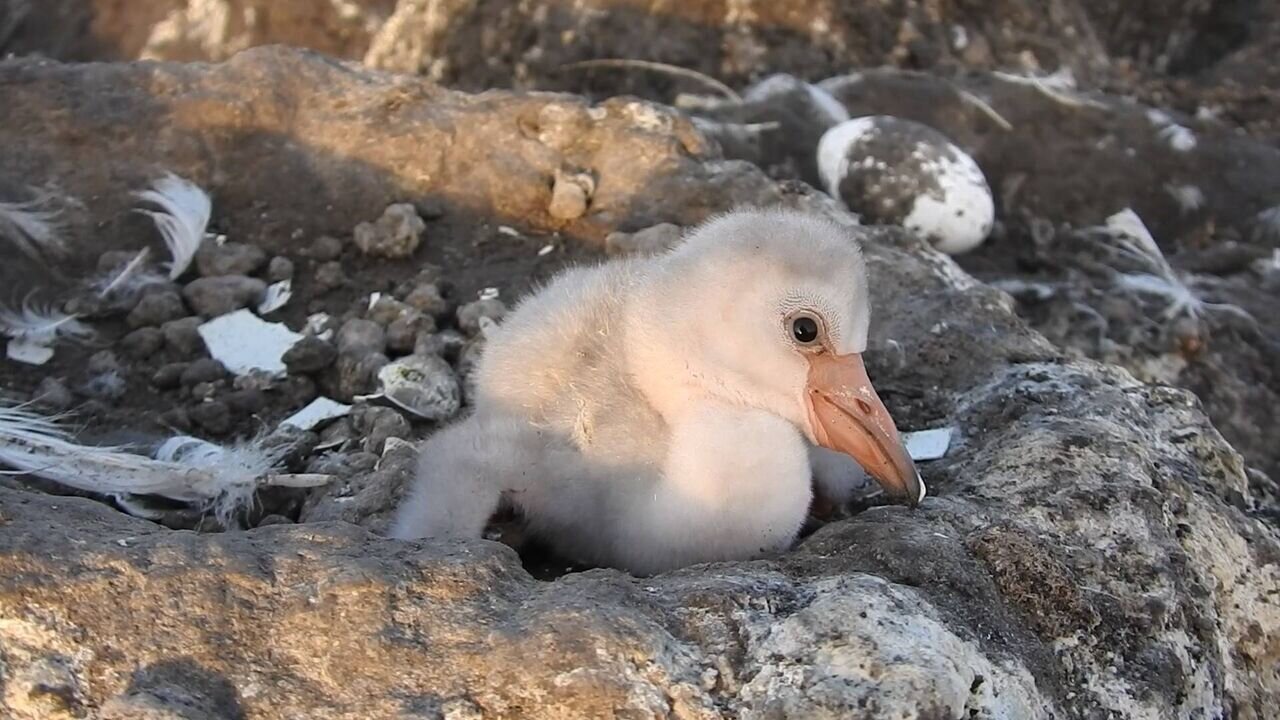First flamingo breeding colony identified at Hour al-Azim wetland

TEHRAN – The first flamingo breeding colony has been identified at Hour al-Azim wetland, the southwestern province of Khuzestan.
A census showed 367 flamingos were nesting, laying eggs, and raising chicks in five colonies, IRNA reported.
Hour al-Azim wetland is an important wetland on the border of Iran and Iraq. Unique species such as cormorants, margerdans, giant herons, African egrets, marble ducks, white-headed ducks, long-tailed ducks, and many other types of water and waterside birds live there.
In Iran, 141 wetlands with ecological value with an area of over 3 million hectares have been identified, of which 25 wetlands are designated as wetlands of international importance (registered in the Ramsar Convention) covering more than 1.4 million hectares and four sites are biosphere reserves.
The Department of Environment determined water rights for 11 wetlands out of 25 wetlands that are registered in the Ramsar Convention, but the conditions of the wetlands show that the water rights have not been fully met.
The Convention on Wetlands is an intergovernmental treaty that provides the framework for the conservation and wise use of wetlands and their resources.
It was adopted in the Iranian city of Ramsar in 1971 and came into force in 1975.
Due to insufficient rainfall and recent droughts, as well as non-implementation of some of the programs of the Department of Environment to protect wetlands, now about two million hectares out of the three million hectares area of the country's wetlands are dry and turned into sand and dust spots.
An official with the Department of Environment has said comprehensive management plans have been prepared for 44 wetlands in the country.
The unique characteristics of wetlands, including groundwater control, climate change adaptation, the livelihood of local communities through fishing, livestock grazing and agriculture, natural water purification, purification and absorption of pollutants, and nature tourism have made sustainable management and protection of wetlands essential for humans, ISNA quoted Jaleh Amini as saying.
Environmental management based on a comprehensive approach is a strategy for the integrated management of land, water, and livelihood resources that promotes conservation and sustainable use in a balanced manner.
This approach is the primary framework for action under the Convention on Biological Diversity. The indigenous approach puts people and their type of exploitation of natural resources exactly at the center of decision-making.
MG
Leave a Comment